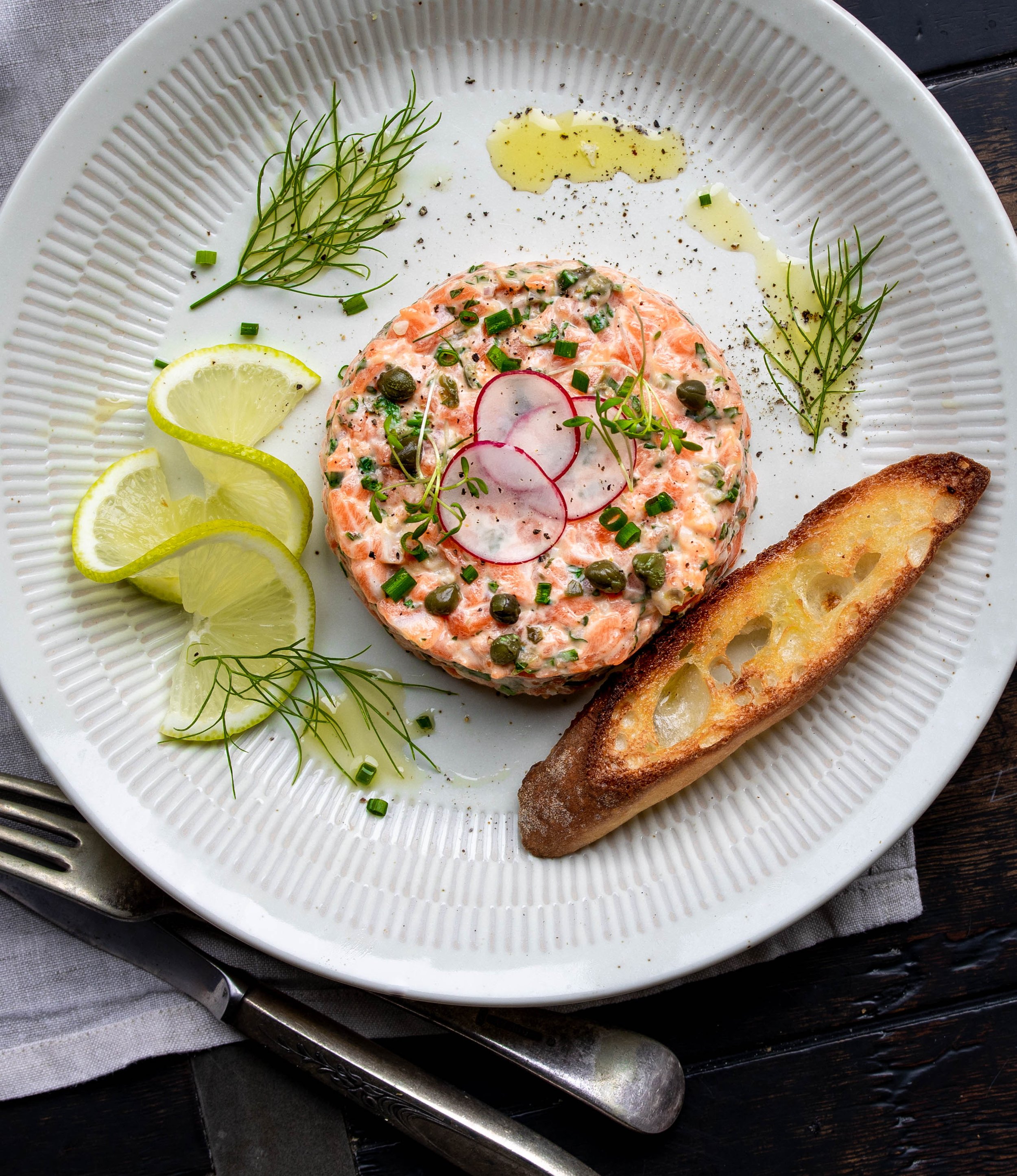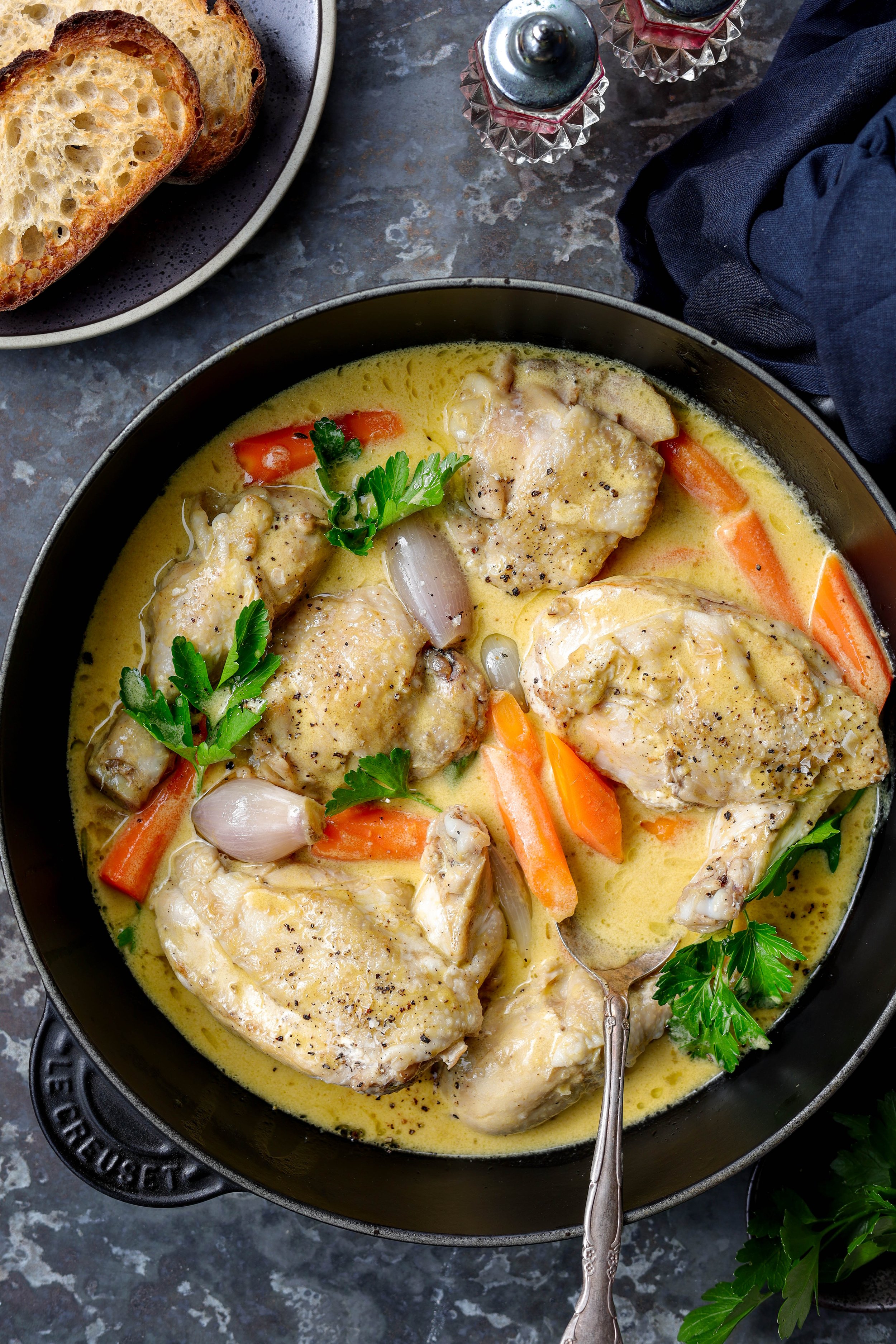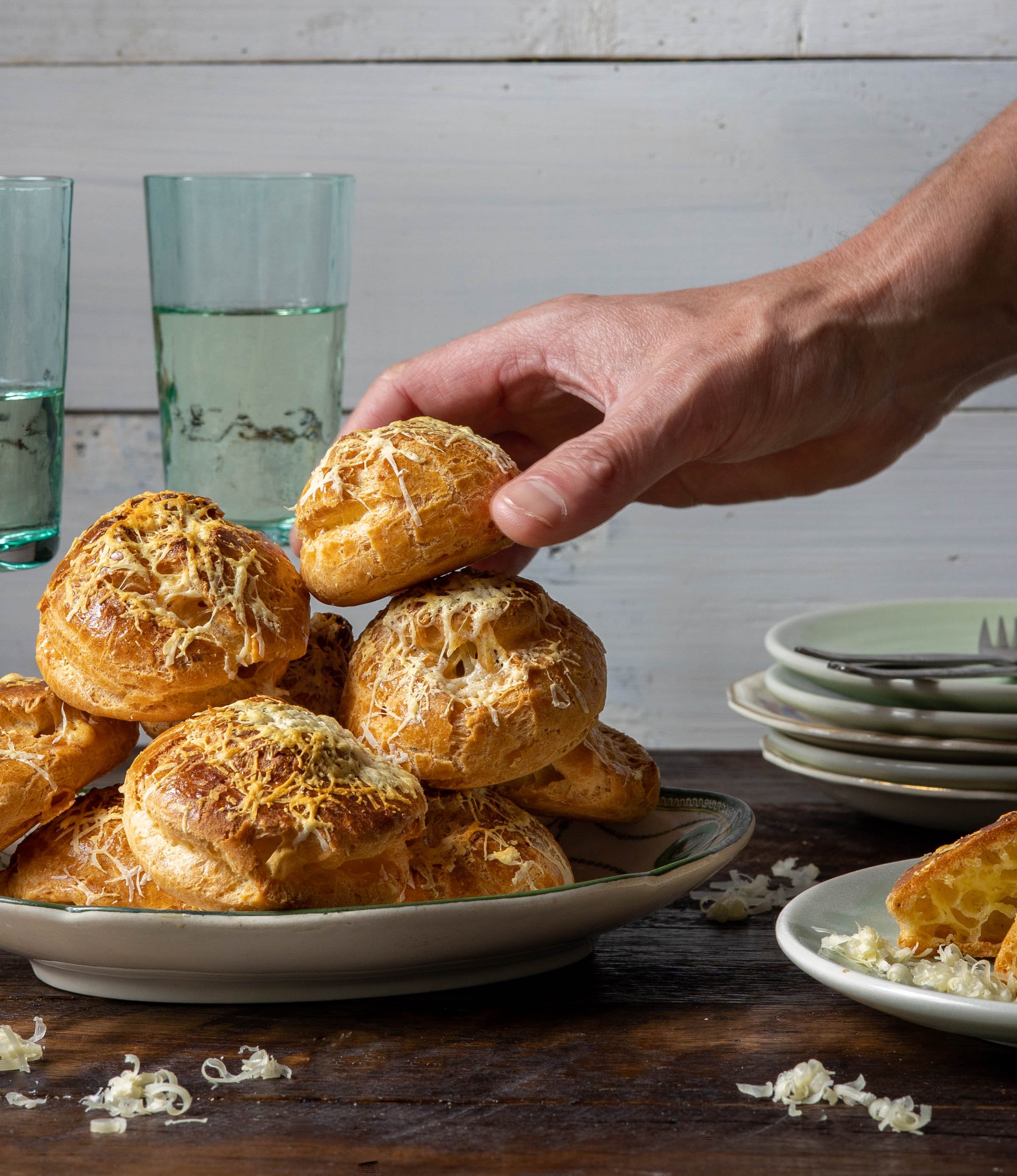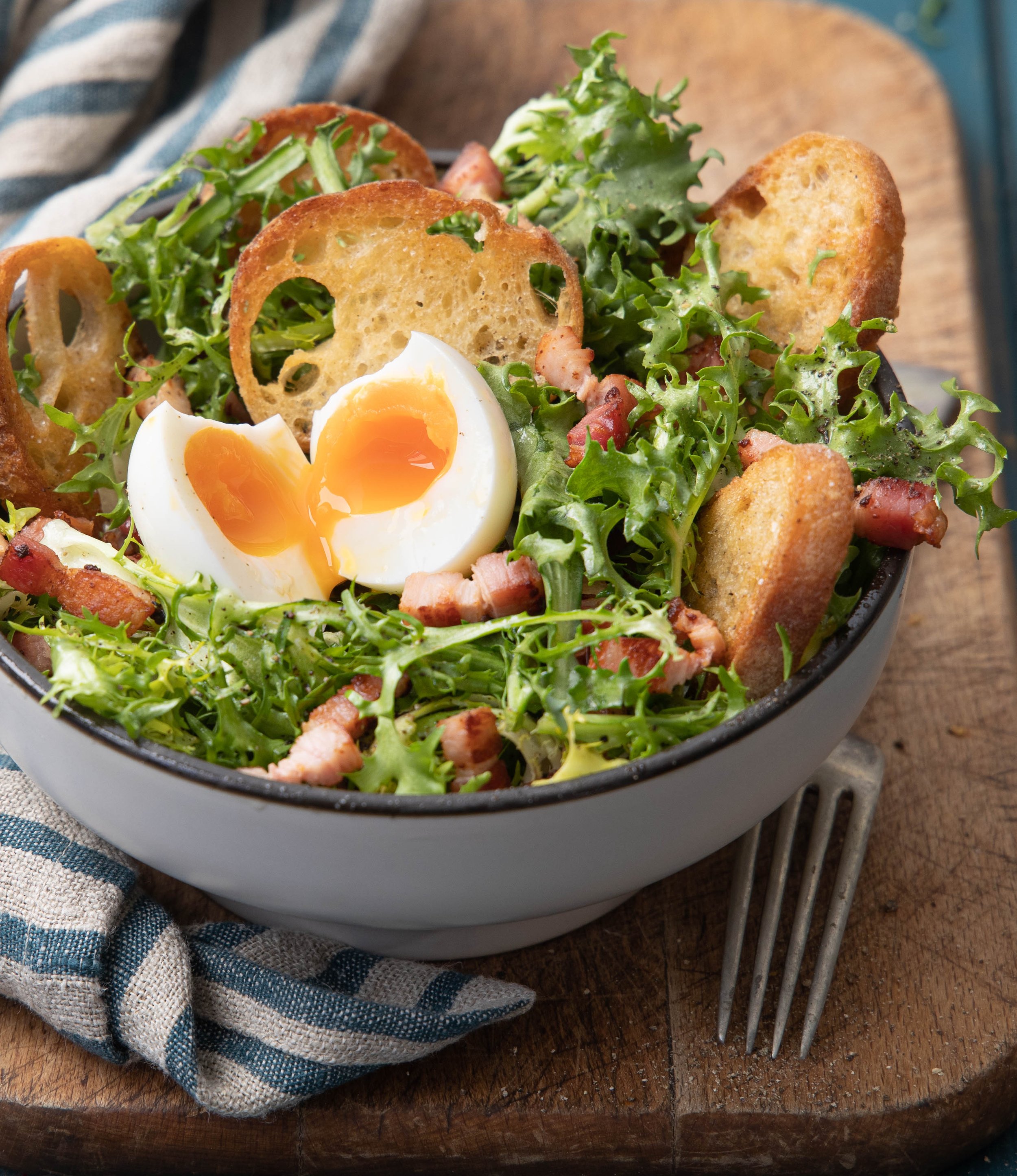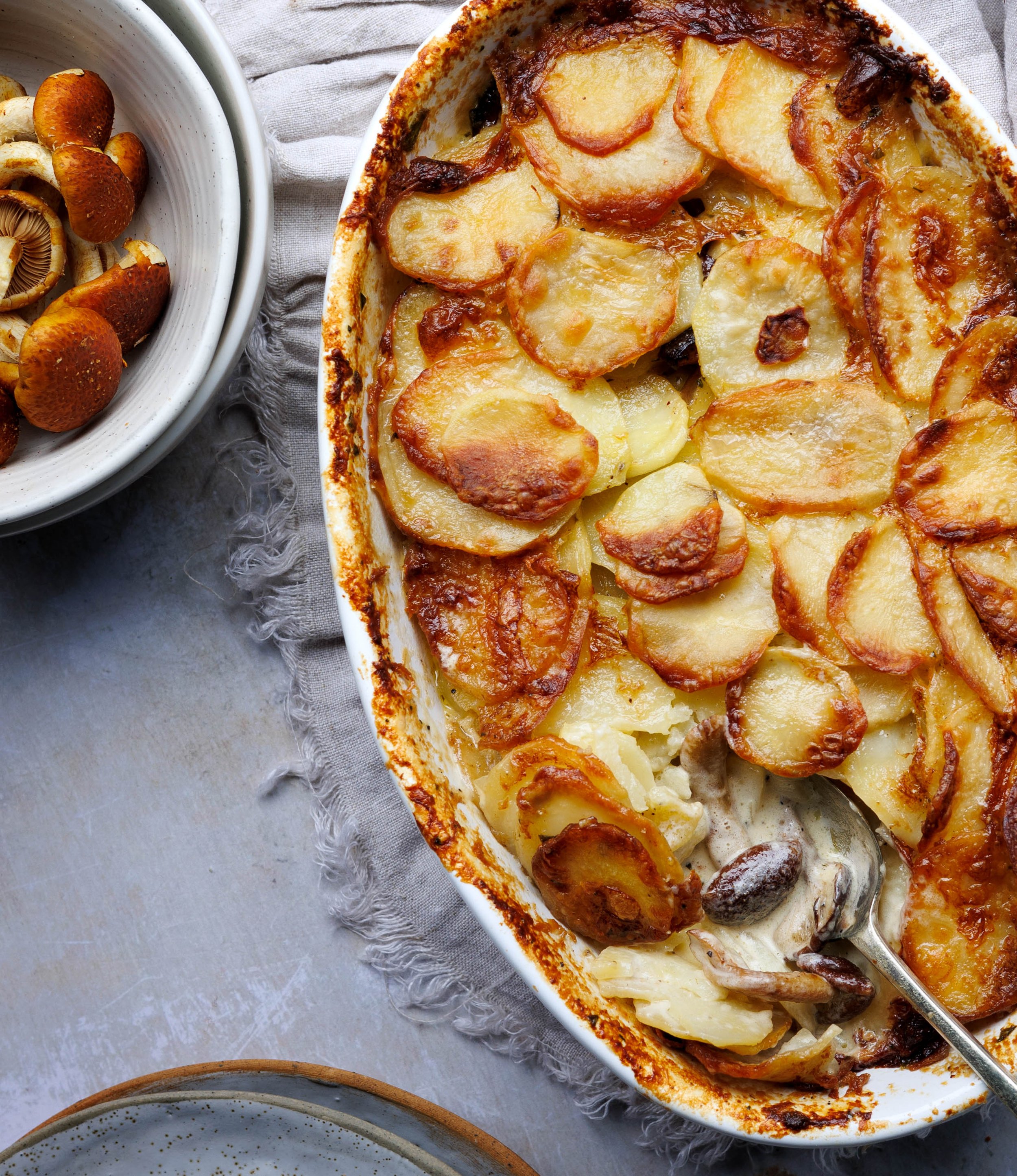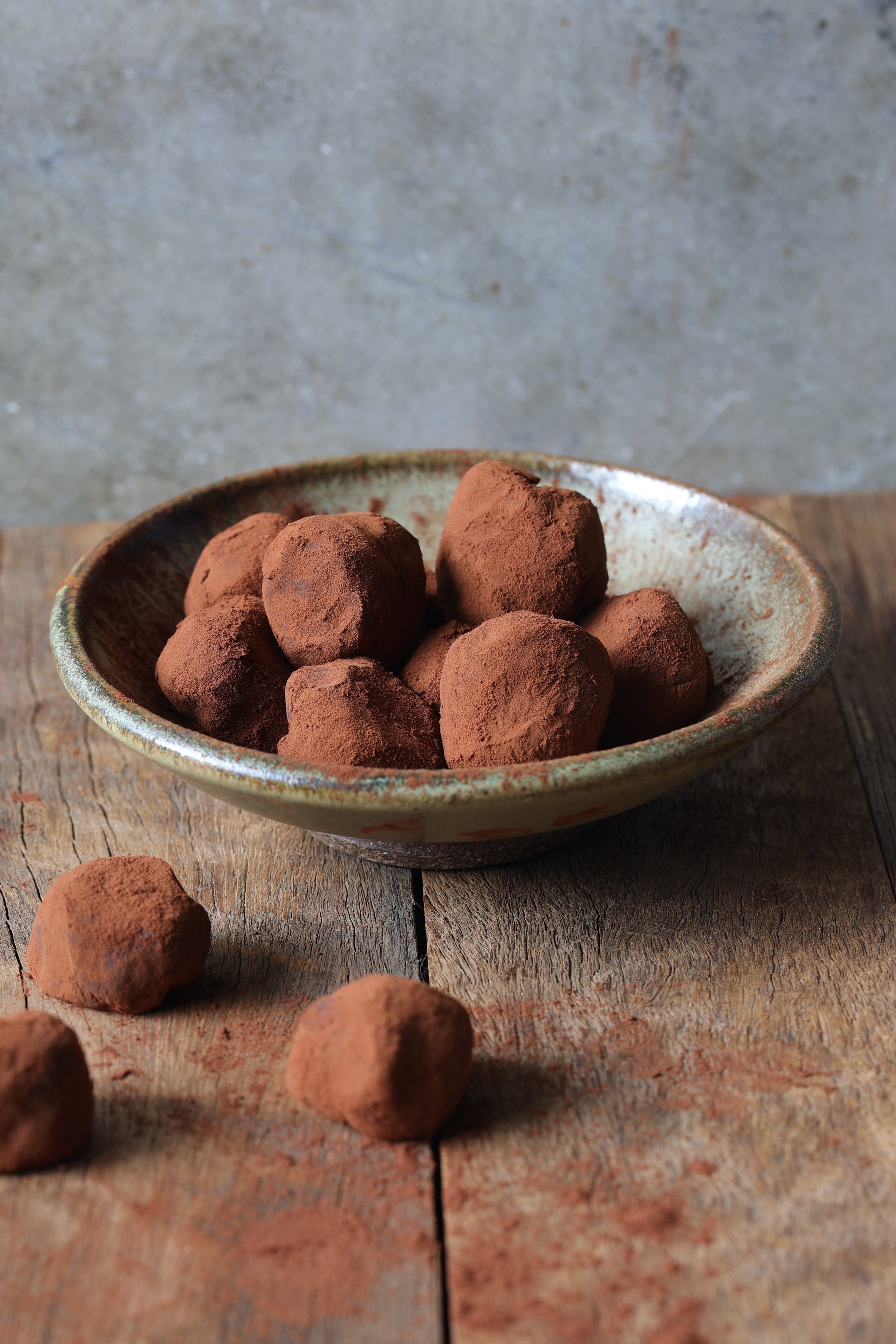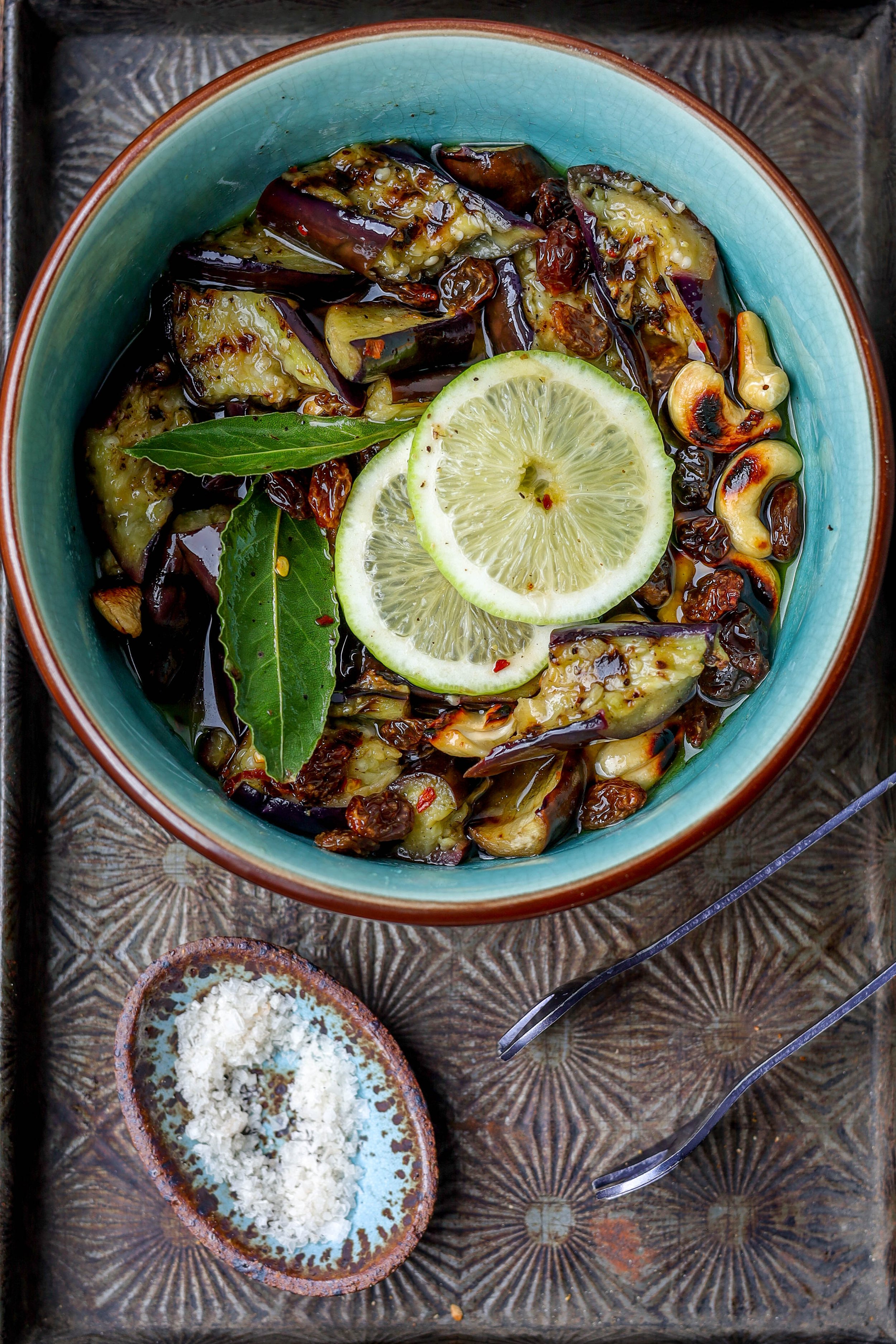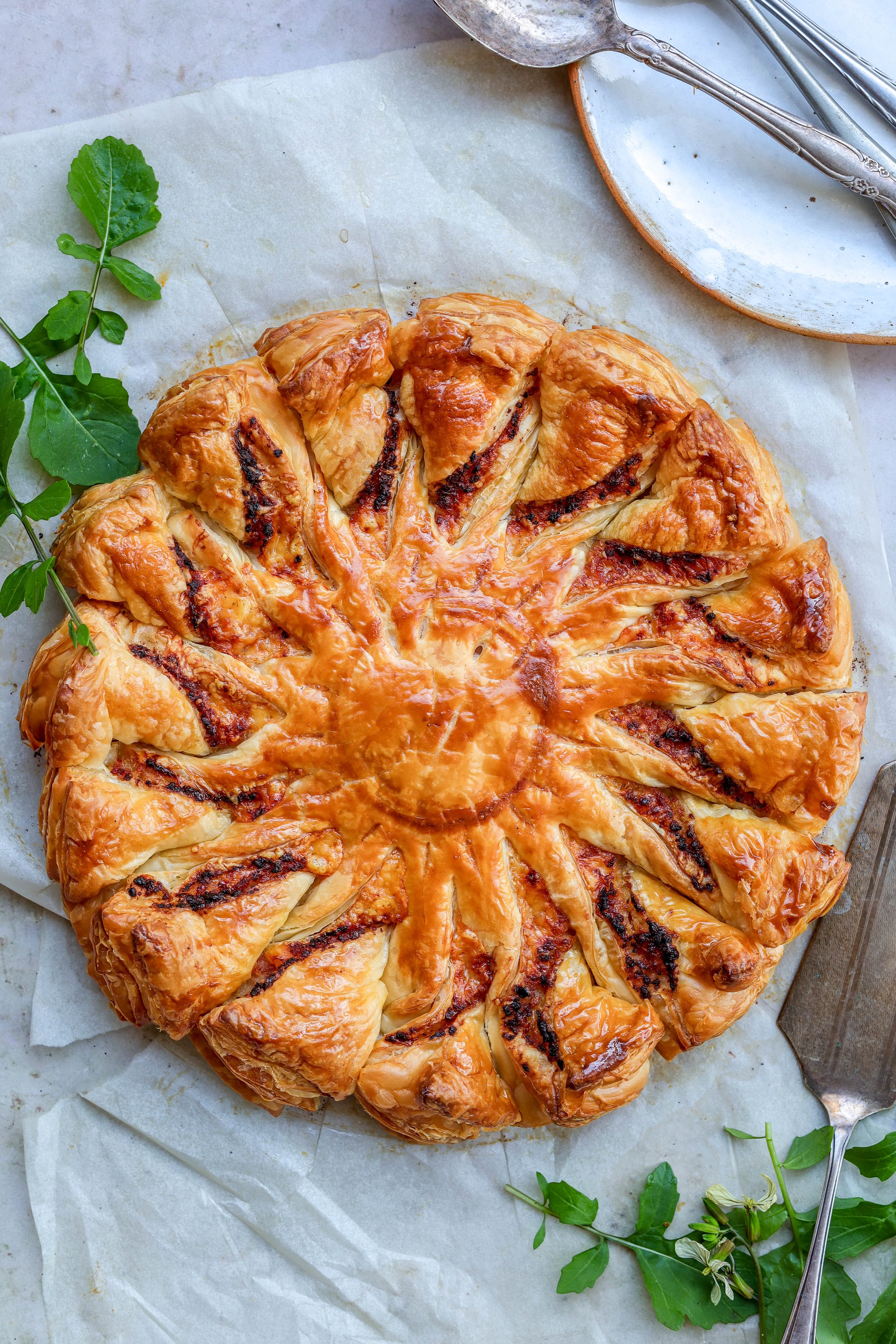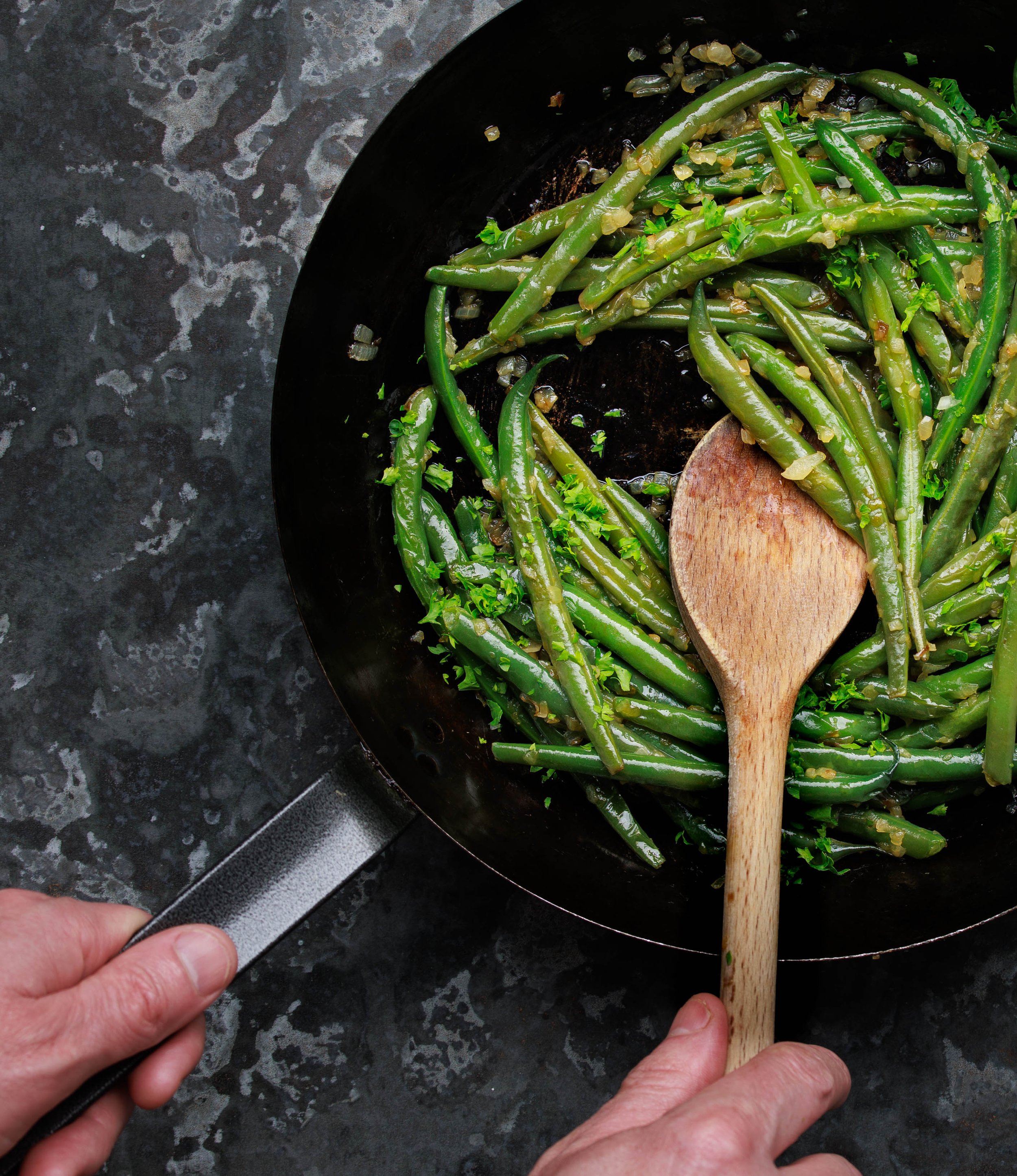A French Christmas Menu
A French Chrsitmas menu is an elaborate affair, a series of courses that focus on quality ingredients and flavors.At this time of year, I always receive a lot of questions about what a French Christmas meal is really like. So, I thought I’d offer an early peek into the cozy traditions and dishes of a traditional French Christmas menu that might inspire some French dishes for your own “Repas de Noël” this year.
In France, Christmas Eve is the big event for us. It involves a bustling day of preparations followed by a marathon evening of food, known as “Le Réveillon” , a nod to the anticipation of “The Père Noël” (Santa Claus).
It won’t come as a surprise that we go all out for food at Christmas. The menu is an elaborate affair, a series of courses that focus on quality ingredients and flavors. People don’t think twice about splurging on quality products like foie gras, cheese, wine, and Champagne to celebrate the occasion. And it’s not just the table that centers on food. If you’ve ever spent Christmas around French people, you may have noticed that the conversation is food-obsessed. We’ll wile away the hours, honing in on every detail of taste, texture, and terroir.
So, if you’re looking to incorporate some French-inspired dishes into your festive meal planning, we’ve prepared this special newsletter with recipe suggestions for each course.
L’Apéritif (small bites with bubbles)
In France, a shared meal always kicks off with an aperitif—an offer of bubbles, accompanied by delicious snacks. The trick is to serve something not too small but not too substantial either. Typical small bites served during the aperitif can include gougeres, smoked salmon, or canapes made with a topping of rillettes, pate, fish roe, and more.
If canapes are too much work, why not try these easy starters with a glass of wine or bubbles to whet your guests' appetite for the heavier meal ahead.
Starters
Not long after the cherished aperitif, we gather around the table to commence the feast. Foie gras is a popular starter served during Christmas, enjoyed with toasted Brioche (you can easily make your own using our recipe). Oysters are a must if you live by the coast, but snails are a good alternative.
If you’re up for walking in the footsteps of many chefs who’ve learned how to prepare salmon tartare in French culinary school, serving up the Classic Salmon Tartare as a starter will make your guests feel special with its restaurant presentation. A classic salad, like Salade Lyonnaise, Warm Croquettes, or Fish Quenelles won’t go astray as a starter either.
Main Course
Poultry or game usually features as the centerpiece on a French Christmas table, surrounded by an array of delicious sides. While many households will celebrate with a stuffed turkey, different traditions are adopted across the regions. For example, in Alsace, goose is often served up, and duck is enjoyed in Périgord.
For something different, my Escoffier’s Chicken will wow your congregation, or you can try Chicken in Cream Paul Bocuse-Style for something a little less challenging. For sides, you can’t go past Gratin Dauphinoise or Pommes Mont D’or accompanied with something fresh, like Lyonnaise Sautéed Green Beans, to cut through the creaminess.
Cheese and Salad
People outside of France are perplexed to learn that salad comes after the main course, and cheese comes before dessert during a French dinner. But it makes complete sense to us, and Christmas is no exception. We’ll splurge on a selection of cheese varieties from the local fromagerie and often serve it alongside a very simple lettuce or frisée salad tossed in a classic French vinaigrette. For the cheese selection, a semi-hard, a soft, a blue, and a washed rind are a good place to start.
Desserts
Even after a marathon Christmas feast, it’s my strong belief that the belly holds a special space for dessert. A French Christmas dinner wouldn’t be complete without a traditional Bûche de Noël. The cake that looks like a wooden log, traditionally made of a rolled-up Génoise cake frosted with chocolate buttercream, will officially wrap up the Christmas feast. The Bûche de Noël is commonly pre-ordered from the local patisserie because the quality is usually unbeatable.
Aside from the quintessential Bûche de Noël, every region has adopted its own desserts to conclude the feast. For example, in Provence, they serve 'thirteen desserts' (can you imagine!), representing the Twelve Apostles and the Messiah. The dessert selections can vary but often include an assortment of fresh and candied fruits, nuts, and nougats.
I won’t suggest you need to make 13 desserts to recreate a French Christmas, but these will do, including the classic Tarte Tatin and Parisian Flan. For the fuss-free option, try the Champagne Sabayon, which will be the easiest dessert you can whip up.
Truffles and Digestifs
And just in case you’re left feeling a little peckish, the night won’t end without a box of chocolates or chocolate truffles lingering on the table for guests to pick at throughout the rest of the night. My favorite part about the end of the long Christmas meal is kicking back with a digestif, such as cognac or Calvados, with a mouthful of chocolate truffle.

